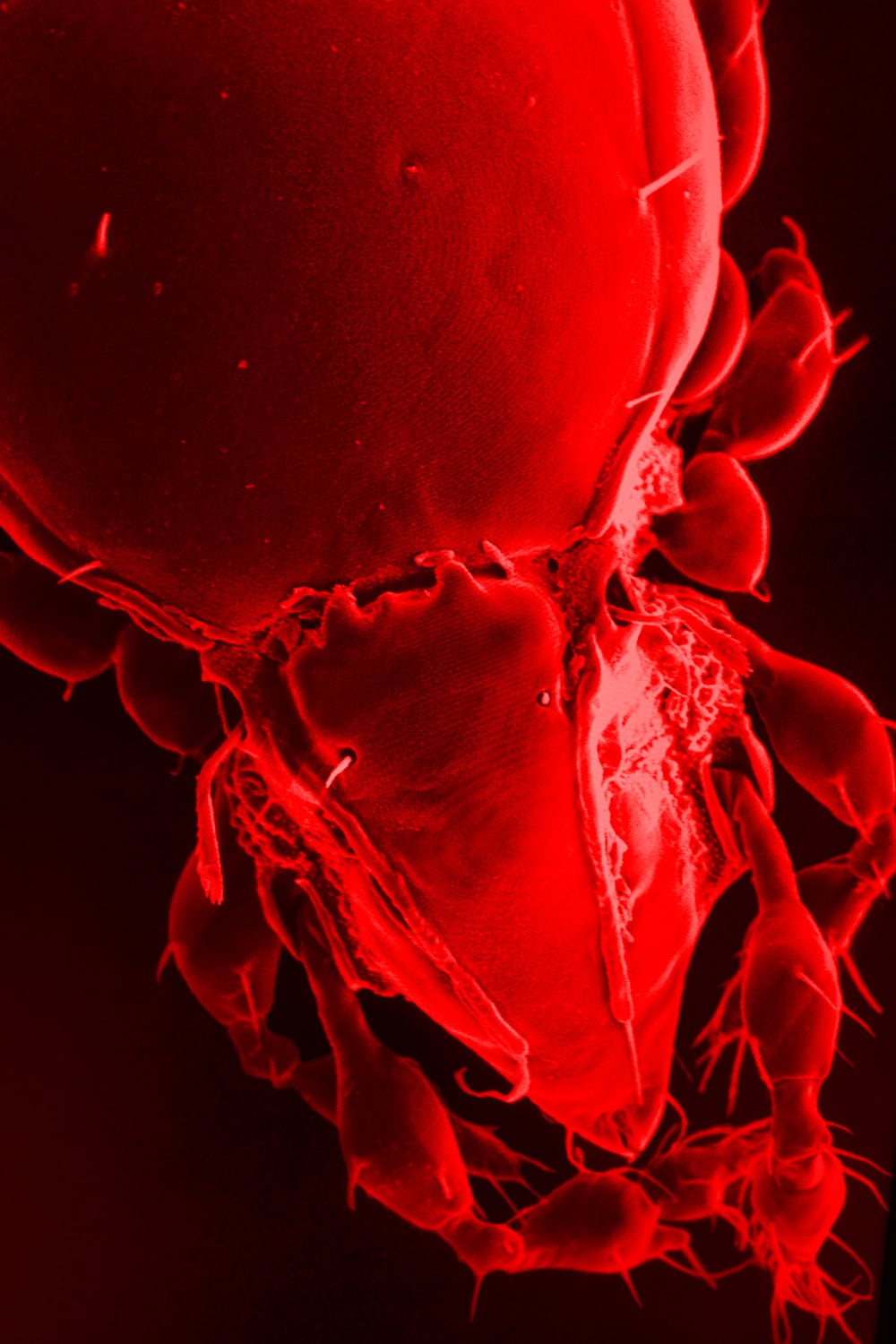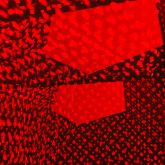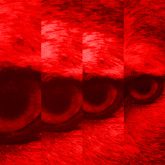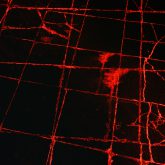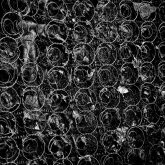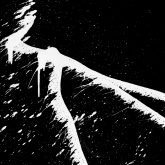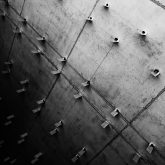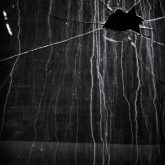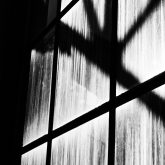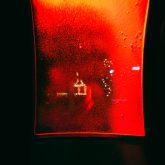In Diversum, Konrad Hellfeuer offers a photographic series that occupies a liminal space—between the material and the immaterial, between surface and suggestion. Through red-toned and monochromatic imagery, Hellfeuer constructs a visual language that resists definition and instead speaks in atmospheres, tensions, and emotional echoes.
The image presented here, part of the Diversum corpus, is at once architectural and ephemeral. A gridded surface—evocative of cracked tiles or fractured concrete—is rendered in harsh, luminous red, cutting through darkness with surgical precision. The composition is stark but complex, criss-crossed by imperfect lines that hint at both control and decay. The glowing fissures seem almost seismographic: records of a movement that has passed, or warnings of one yet to come.
There is no clear subject here, and that is precisely the point. Each photograph in Diversum operates as a fragment, a sliver of perception detached from narrative. The eye seeks grounding but finds none. Instead, we are pulled into a space of perceptual uncertainty—where emotion takes the place of meaning, and suggestion replaces explanation.
Hellfeuer’s use of red is not merely aesthetic. It’s visceral. The color conjures heat, blood, alarm, and desire, yet remains ambivalent in context. In this image, red becomes both outline and wound—a means of illuminating and obscuring simultaneously. The result is a quiet unease, a visual tension that never resolves.
There is a meditative quality to Diversum, but it is a meditation on instability. In refraining from clarity, Hellfeuer invites viewers to slow down, to dwell in ambiguity, and to consider the emotional resonances of form, line, and light. In doing so, Diversum aligns itself less with traditional photography and more with abstraction, edging close to drawing or even cartography—mapping inner states rather than external realities.
Ultimately, Diversum asks us to look not for what is shown, but for what is felt. In these fractured surfaces and flickering edges, Hellfeuer opens a space where the visible dissolves into sensation—a space that feels hauntingly familiar, even if we can’t name why.
